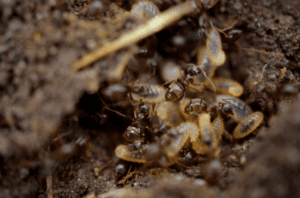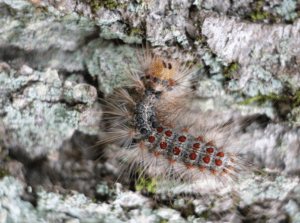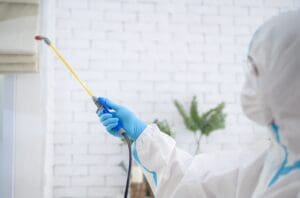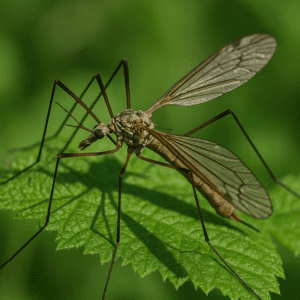
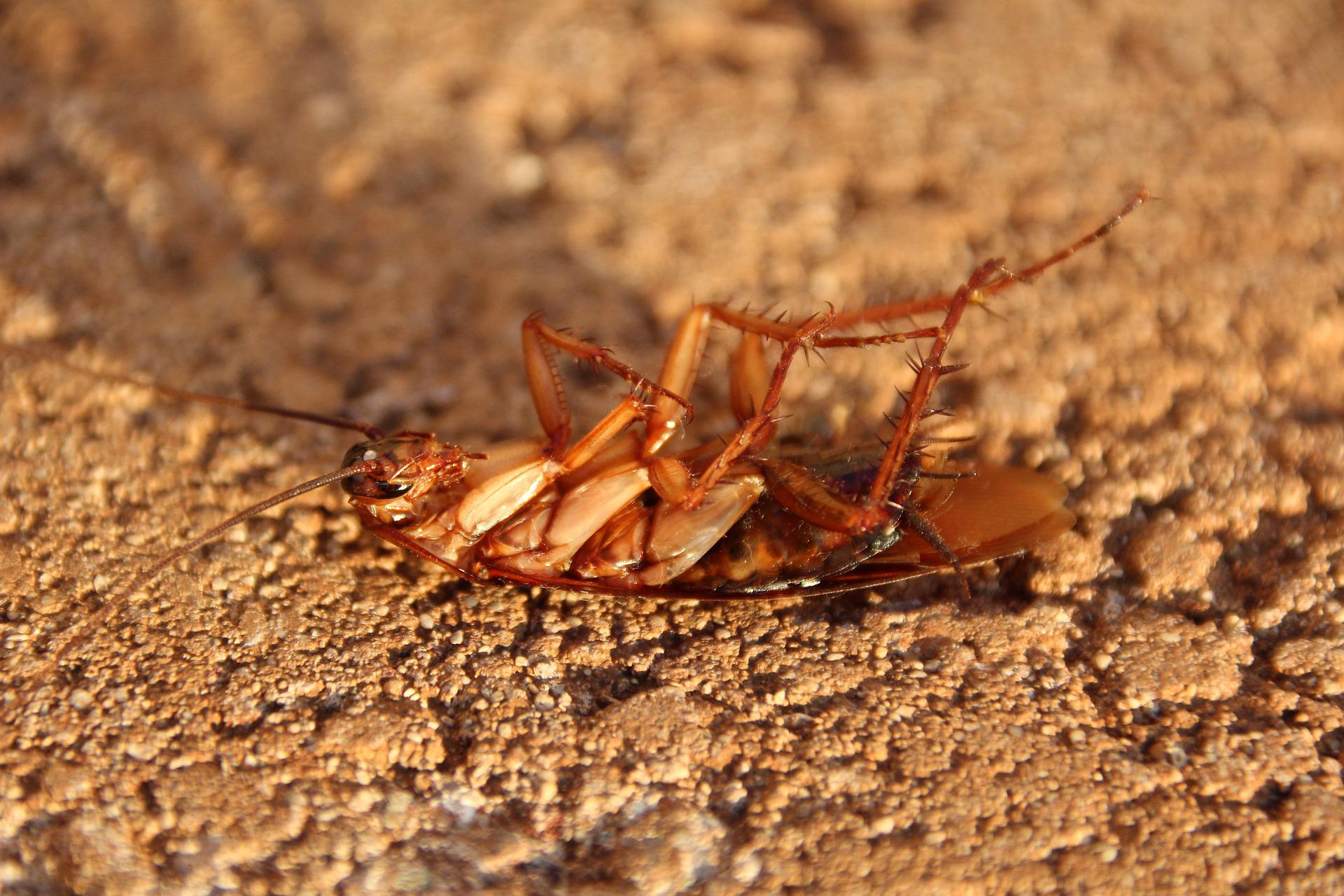
American Cockroach Facts: Everything You Need to Know
June 28, 2022
Originally hailing from Africa and the Middle East, the American cockroach was brought to the U.S. in the early 1600’s and has been wreaking havoc ever since. The age-old war between property owners and these roaches rages on, but fortunately we are armed with knowledge of the enemy. Here is everything you need to know when you’re up against American cockroaches.

What do American cockroaches look like?
Also known as the palmetto bug, the water bug, or the Bombay canary, the American cockroach is the largest and one of the most commonly encountered home-invading roach species. Adults can reach up to 3 inches in length and they are reddish-brown in color. The area behind the roach’s head, called the pronotum, is outlined with a yellow band. They have six legs and a pair of filiform antennae. Adult American cockroaches develop wings and are able to glide for short distances.Why are American cockroaches dangerous?
Cockroaches hang out in some filthy places- sewers, garbage, and decaying matter, to name a few. While in these places, the tiny spines on their legs and bodies pick up germs and pathogens, which then get transferred to any other surfaces the roaches walk over. This becomes extremely dangerous when roaches start walking across food prep surfaces or munching on stored food. Cockroaches are known to spread at least 33 types of bacteria, 6 species of parasitic worms, and 7 human pathogens. Most commonly, American cockroaches cause salmonellosis, gastroenteritis, dysentery, cholera, typhoid fever, and listeriosis. In addition to spreading illness, cockroaches can cause allergic reactions and asthma symptoms, particularly in children.When and where are American cockroaches active?
Contrary to popular belief, cockroaches cannot survive temperatures below 15 degrees Fahrenheit. In fact, their preferred temperature range is 70 to 80 degrees Fahrenheit, so they are most active during the spring and summer. American roaches usually enter diapause for the winter, but if they are living indoors they can be active year-round. They are nocturnal and prefer warm, humid, dark environments. Outdoors, they usually live in damp, shady areas like flower beds. Indoors, they can be found in basements, bathrooms, food prep and storage areas, boiler rooms, laundry rooms, and steam tunnels.Why do American cockroaches infest buildings?
American cockroaches usually prefer to stay outside, but they may enter homes and businesses if there is a food shortage outdoors, or if the weather changes significantly. They commonly enter buildings through drains, cracks, gaps around windows and doors, sewer pipes, garages, and basement windows.Signs of an infestation
There are four main indicators of a cockroach infestation:- Droppings
- Egg Capsules
- Musty Odor
- Cockroaches
Preventing American cockroaches
Cockroaches are resilient pests, but luckily there are steps that can be taken to prevent an infestation. Here are some pro tips to keep American roaches out: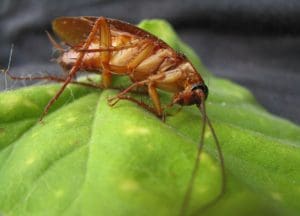
- Eliminate all possible entrances- pests cannot infest a place they can’t access. Use a silicone-based caulk to seal cracks and crevices in the foundation and walls, as well as those around doors and windows. Make sure all weather stripping and screens are undamaged, and replace them if they are. Place mesh covers over vents and holes where utility wires enter. Inspect packages before bringing them inside as well, as cockroaches love to hitchhike on cardboard.
- Roaches like to have plenty of places to hide, so try to minimize clutter both indoors and out. Inside, try to store items and boxes in a way that does not create hiding spots- for instance, do not keep too many boxes in one room. In the yard, remove debris and leaf piles.
- Do not provide roaches with any food sources. Store all food, including pet food, in airtight containers. Do not leave pet food out overnight. Promptly clean up all food scraps and dispose of them in a lidded garbage can. Garbage disposals and indoor garbage cans should be emptied regularly. Try not to leave dirty dishes in the sink, especially overnight.
- Address any plumbing issues as soon as they arise. Leaks and clogs can create damp areas which will attract American cockroaches.





